- A Brand by NightSearcher
- +44 (0)23 9238 9774
- [email protected]
- Mon - Fri: 9:00 - 17:00

Within the NexSun range of solar powered lights, we have a collection of high-powered arena lights and flood lights. Although very similar in design and functionality, there are some key differences based around their application and usage.
To help you to choose the right solar lights for your project or property, we’ve put together this short guide.
Both our range of solar powered arena lights and flood lights are available as fully integrated solar lighting solutions – this means they incorporate the solar panel, the lithium battery, and the LED lamp head all in one compact unit. The biggest advantage of an integrated unit is its quick and easy installation – simply mount the light to a wall or pole and it’s good to go. No need to chase power cables to or from separated solar panels, or daisy chain lights together.
Most of our solar powered arena and flood lights can be operated via a remote control, with one remote being able to be linked to several units at once. This gives you the freedom to change settings such as brightness, the lighting mode, and sometimes, the PIR sensitivity from a distance.
As LED lights, they’re both high powered and long lasting with incredibly impressive battery run times and lighting cycles (the overall lifespan of the LEDs). They also require little to no maintenance – just keep the solar panel clean to allow for optimal charging of the internal battery.
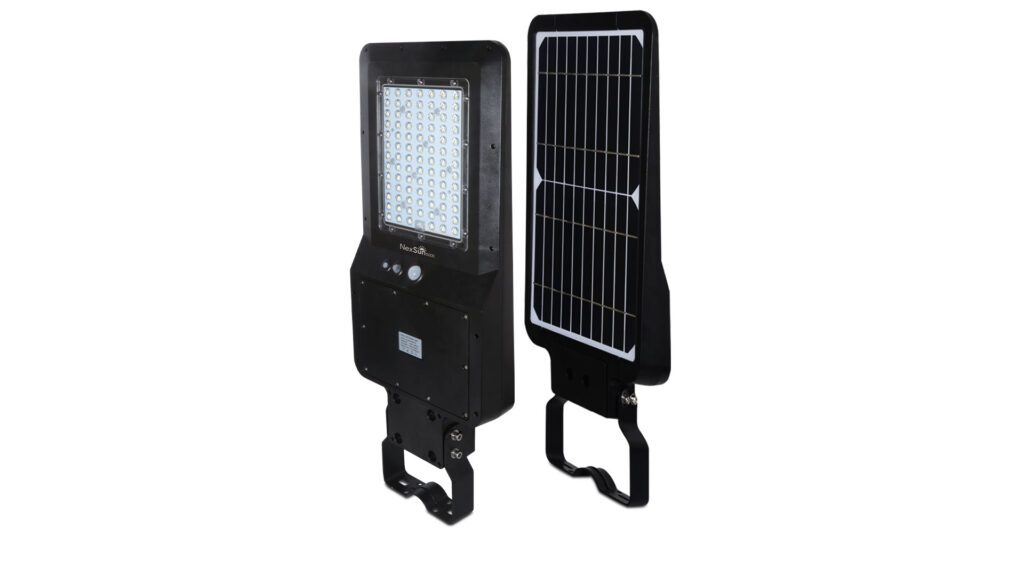

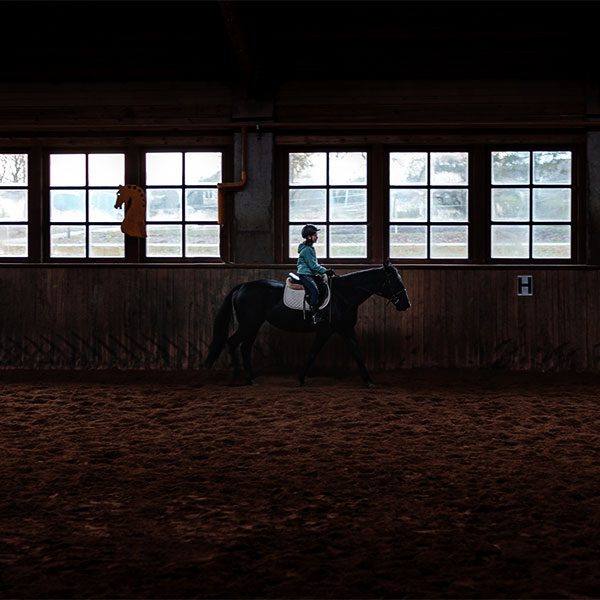

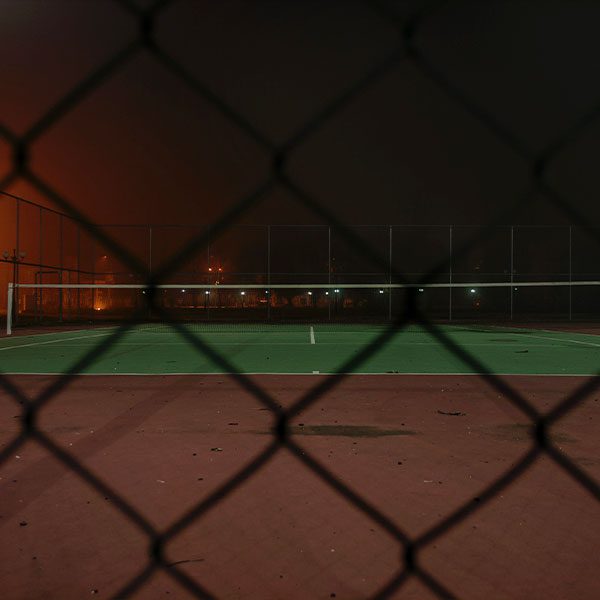



The main difference between the two types of lights is regarding the coverage, or beam distance of the light. This factor is what typically determines their application.
Solar powered arena lights tend to have a wide, diffused beam. This makes them ideal for closed settings such as equestrian paddocks, tennis courts, skate parks and football pitches for example. A collection of arena lights is used to illuminate these areas and their wide, diffused beam provides glare-free lighting – ideal for sporting applications. The anti-glare lighting gives participants and spectators alike a clear view.
As several solar powered arena lights are required to illuminate an area, they can be mounted relatively low down to allow their beams to merge into a continuous pool of light. This once again, optimises the viewing conditions by not having “hotspots” of pockets of light and dark on the court.
Typical applications for solar powered arena lights are:
Solar power flood lights tend to be high lumens, high powered lights with a slightly narrower beam or field of view from the lamp head. This gives a high intensity beam that is ideal for illuminating smaller areas directly beneath and around the light, like that of a streetlight. This makes flood lights ideal for security purposes or as a work light to illuminate a forecourt, gangway or loading bay for example.
Flood lights are generally mounted quite high up to increase their coverage. They’re also spread further apart from one another, enabling them to cover a greater area – the trade-off being pockets of light and dark areas in between the units.
Typical applications for flood lights are:
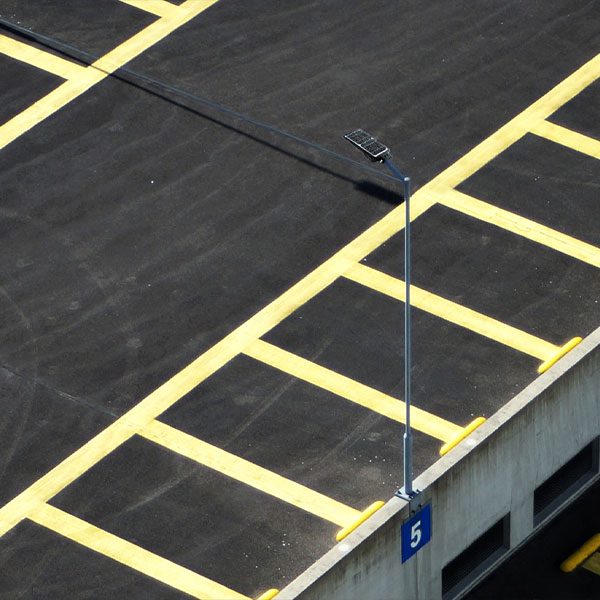

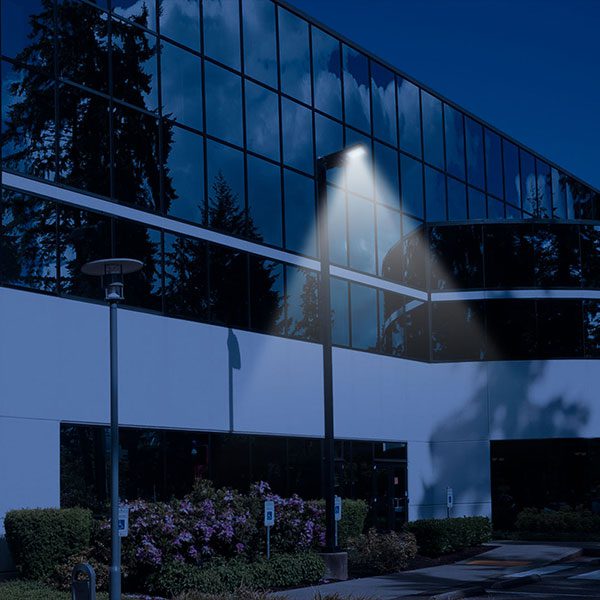



Before erecting your solar arena or floodlights, be sure to speak to your local authority ahead of time to find out if you need any planning permission for the lights.
Lighting can be a controversial part of planning permission, usually due to light pollution and the leakage of light outside of the area you wish to illuminate. Environmental factors are also key for consideration too, particularly in rural areas where bats and birds inhabit. The physical appearance of the light and its mount will need to be respected too.
LED lights and solar powered lighting can help with your application as they’re environmentally friendly and do not require generators or grid power to operate. They’re also “smart” lights and you can regulate their brightness and timing settings accordingly.
It is, however, always best to speak to your local authority and in good time too, as surveys are often only carried out at certain times of the year.
| Cookie | Duration | Description |
|---|---|---|
| cookielawinfo-checkbox-analytics | 11 months | This cookie is set by GDPR Cookie Consent plugin. The cookie is used to store the user consent for the cookies in the category "Analytics". |
| cookielawinfo-checkbox-functional | 11 months | The cookie is set by GDPR cookie consent to record the user consent for the cookies in the category "Functional". |
| cookielawinfo-checkbox-necessary | 11 months | This cookie is set by GDPR Cookie Consent plugin. The cookies is used to store the user consent for the cookies in the category "Necessary". |
| cookielawinfo-checkbox-others | 11 months | This cookie is set by GDPR Cookie Consent plugin. The cookie is used to store the user consent for the cookies in the category "Other. |
| cookielawinfo-checkbox-performance | 11 months | This cookie is set by GDPR Cookie Consent plugin. The cookie is used to store the user consent for the cookies in the category "Performance". |
| viewed_cookie_policy | 11 months | The cookie is set by the GDPR Cookie Consent plugin and is used to store whether or not user has consented to the use of cookies. It does not store any personal data. |